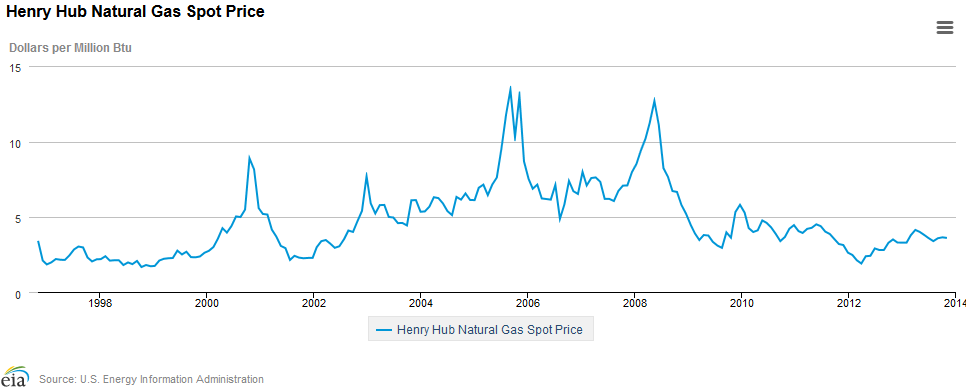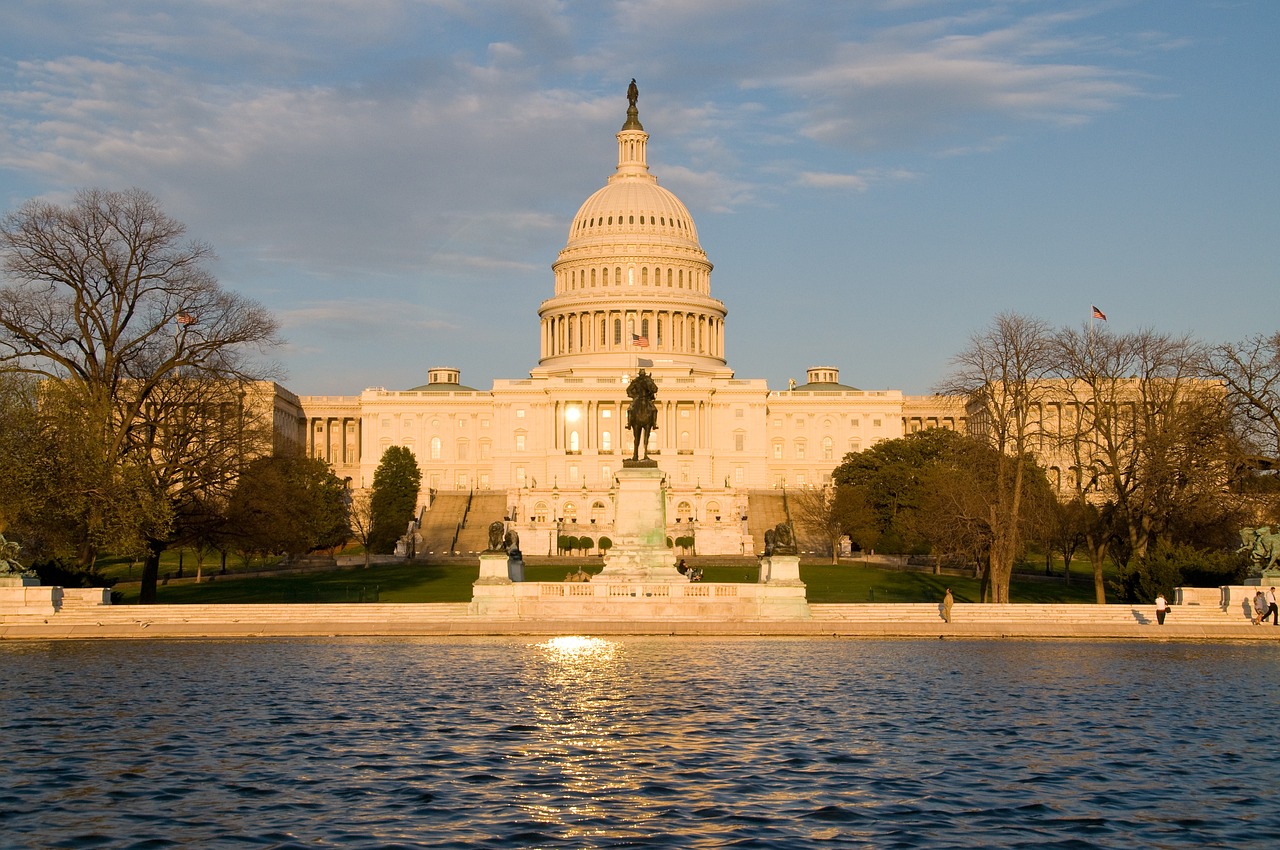Energy Efficiency: A Hedge Against Volatile Energy Prices
Let's Save Energy
Alliance to Save Energy's Blog
Energy Efficiency: A Hedge Against Volatile Energy Prices

Energy in the form of warmth is on the minds of many of us as an Arctic blast covers a large swath of North America today. It’ll be on our minds when our utility bills arrive soon too.
Even as hydraulic fracturing (fracking) and horizontal drilling have driven a boom in the U.S. oil and natural gas sectors, leading to increased supply and moderated prices, an E&E News article today reminds us that energy prices can still be volatile:
"The spot price for gas sold in New England for delivery Friday was $28 per million British thermal units, according to the Energy Information Administration, a 51 percent increase from a day earlier and a soaring price compared with other parts of the country. As a result, the spot price of electricity in the region rose 26.5 percent, to $237.75 per megawatt-hour, on Friday."
While for a number of reasons price impacts are amplified in New England, wider, longer-term indicators can also change significantly, such as natural gas futures prices rising 29% during 2012-13 as reported by the Energy Information Administration. Those who track natural gas markets are quite familiar with volatility, with relatively recent major price spikes in 2005 and 2008. (See graph below.)
Energy efficiency improvements not only save energy costs directly, but they also insulate households and businesses from price shocks that can arise from the vagaries of weather and natural and human-made disruptions to the energy system. For instance, a faucet manufacturing plant in Tennessee that saves 2.8 billion Btu in natural gas annually (through changes to its degreasing process) is less vulnerable to price volatility and better able to plan costs than if it had stuck with its prior process. An energy-efficient Texas household that uses an average 875 kilowatt-hours (kWh) a month is going to be less exposed to price instability from summer heat waves, winter cold snaps, and other events than the average Texan household that consumes 1,168 kWh. Plus, efficient vehicles also reduce financial risks for transport, landscaping, construction, and other businesses whose profitability can be wiped out by a rise in prices.
Beyond individual pocket books and ledger books, improved energy efficiency enhances wider energy reliability and security. Severe cold snaps in winter and very hot high electricity demand days in summer stress the electric and natural gas systems, threatening outages that not only disrupt productive economic activity but can threaten public health and safety. People can be left freezing or sweltering. Critical facilities, such as hospitals, water and sewage treatment plants and traffic signals can be disrupted. Greater energy efficiency reduces grid and natural gas system stresses, lessening the chance of outages. And should an outage occur, a well-insulated home can stay warmer longer in winter and efficient critical facilities can operate longer on backup generators than less efficient facilities.
The crisp frigid air over much of the continent should remind us that even in a period of generally modest natural gas prices, energy efficiency remains our lowest cost, most reliable, and most abundant energy form.
RECENT BLOG POSTS
STAY EMPOWERED
Help the Alliance advocate for policies to use energy more efficiently – supporting job creation, reduced emissions, and lower costs. Contact your member of Congress.
Energy efficiency is smart, nonpartisan, and practical. So are we. Our strength comes from an unparalleled group of Alliance Associates working collaboratively under the Alliance umbrella to pave the way for energy efficiency gains.
The power of efficiency is in your hands. Supporting the Alliance means supporting a vision for using energy more productively to achieve economic growth, a cleaner environment, and greater energy security, affordability, and reliability.




